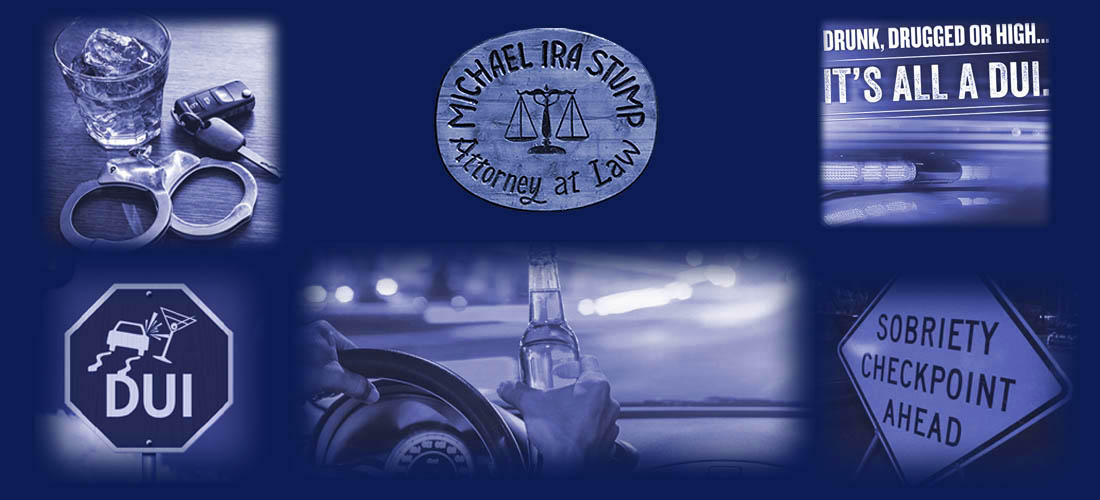
In Pennsylvania, the correct term is a DUI, which stands for driving under the influence. In other states, the offense might be labeled as a DWI, which can stand for driving while intoxicated or driving while impaired. In Pennsylvania, the only acronym that is used is DUI. (Oct 28, 2019). If a person’s blood alcohol concentration(BAC) is .08 percent or higher, that individual can be charged witha DUI. Most DUIs will result in a license suspension, however, we use an interlock service (Smart Start) provider to allow you to drive, during your license suspension. Attorney Michael Ira Stump can help. Serving Allentown, Behtlehem, Easton & Reading areas, of Lehigh, Northampton & Berks counties.

A DUI can also be charged for driving, while driving while impaired by drugs. Some consequences are the same, although the arresting procedures can differ.
For example; with a drunk driving suspect, an arresting officer can request a chemical breath test of the individual. If a breath test is refused, there are additional consequences.
There is no corresponding breath test for impairment due to marijuana,cocaine, crack, heroin, meth or other drugs. In most cases a blood test is the only test that can be given, for drug impairment.


There are other laws in Pennsylvania, which can be surprising to 1st time offenders & underage drivers.
One of these laws is the Zero Tolerance Law. This is a law that defines serious consequences for those under the legal drinking
age of 21, who drive with any measurable amount of alcohol in their blood.
When Pennsylvania changed its DUI laws in 2004, it reduced the BAC from .08 percent to .02 percent for minors. Below are listed the 3-Levels of DUI, according to the BAC level. The 2-Upper Tiers are sometimes referred to as middle & high, even though they are high & highest.
To attempt to determine whether a suspect is impaired, police officers in the United States usually will administer field sobriety tests to determine whether the officer has probable cause to arrest an individual for suspicion of driving under the influence (DUI).
A police officer in the United States must have Probable Cause to make an arrest for driving under the influence. In establishing probable cause for a DUI arrest officers frequently consider the suspect's performance of Standardized Field Sobriety Tests. The National Highway Traffic Safety Administration (NHTSA) developed a system for validating field sobriety tests that led to the creation of the Standardized Field Sobriety Test (SFST) battery of tests.
The NHTSA established a standard battery of three roadside tests that are recommended to be administered in a standardized manner in making this arrest decision. There are Non-Standardized Field Sobriety Tests as well; however, the Non-Standardized Field Sobriety Tests have not received NHTSA Validation. This is the difference between the "Standardized" and the "Non-Standardized" Field Sobriety Tests.
The NHTSA has published numerous training manuals associated with SFSTs. As a result of the NHTSA studies, the Walk-and-Turn test was determined to be 68% accurate in predicting whether a test subject is at or above 0.08%, and the One-Leg Stand Test was determined to be 65% accurate in predicting whether a test subject is at or above 0.08% when the tests are properly administered to people within the study parameters.
The 3-Validated Tests by NHTSA are:
1.) The Horizontal Gaze Nystagmus Test, which involves following an object with the eyes (such as a pen or other stimulus) to
determine characteristic eye movement reaction to the stimulus.
2.) The Walk-and-Turn Test (heel-to-toe in a straight line). This test is designed to measure a person's ability to follow
directions and remember a series of steps while dividing attention between physical and mental tasks.
3.)The One-Leg-Stand Test